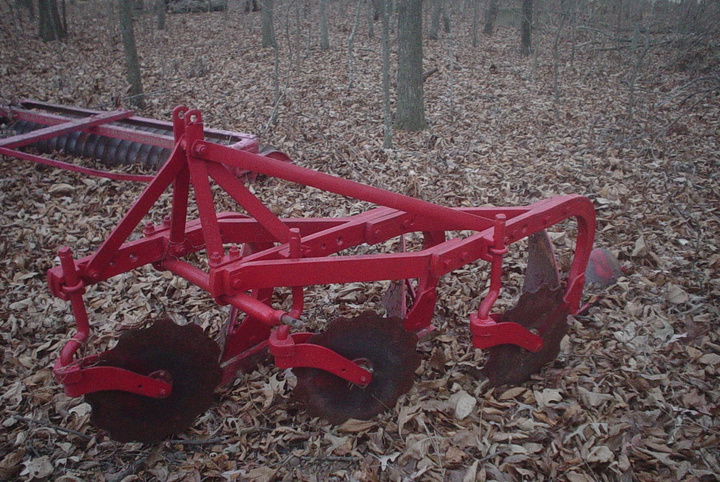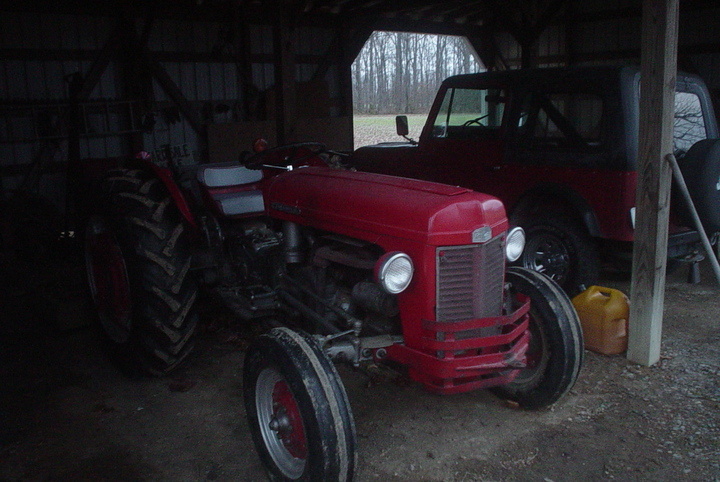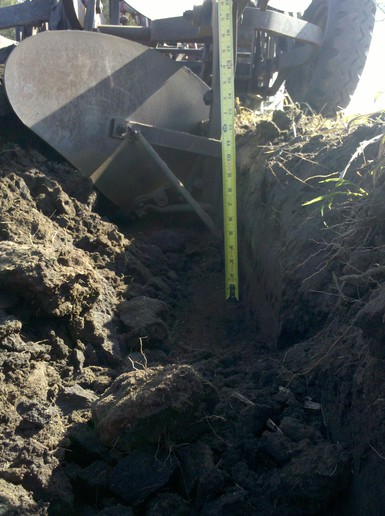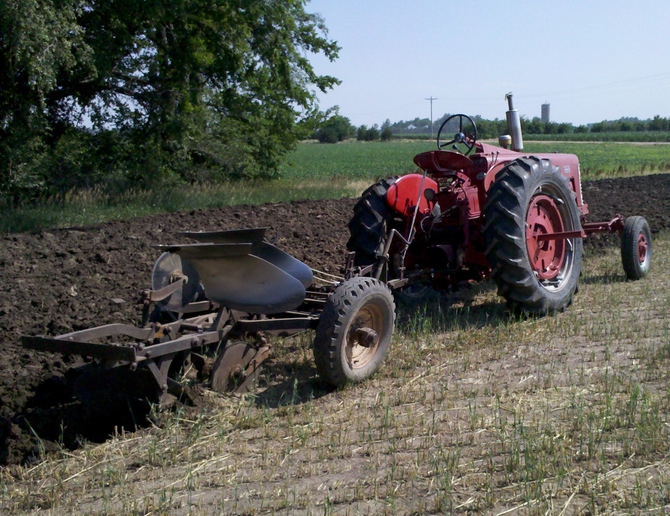Ultradog MN
Well-known Member
- Location
- Twin Cities
Some folks say it doesn't matter how wide a bottom is they all dig about the same depth. Others say the wider the plow is the deeper it digs.
I don't have any experience beyond 3-16s but it seemed like there wasn't much difference in depth between that and the 2-14s I've had. They all seemed to dig about 8" deep. The 1-14" I had probably dug the deepest. I could really bury that thing - probably 10" at least.
But what about big plows that are 20" and over?
Is depth a function of width on those? Is there a formula or rule of thumb on width vs depth of cut?
Thanks to any and all.
I don't have any experience beyond 3-16s but it seemed like there wasn't much difference in depth between that and the 2-14s I've had. They all seemed to dig about 8" deep. The 1-14" I had probably dug the deepest. I could really bury that thing - probably 10" at least.
But what about big plows that are 20" and over?
Is depth a function of width on those? Is there a formula or rule of thumb on width vs depth of cut?
Thanks to any and all.





